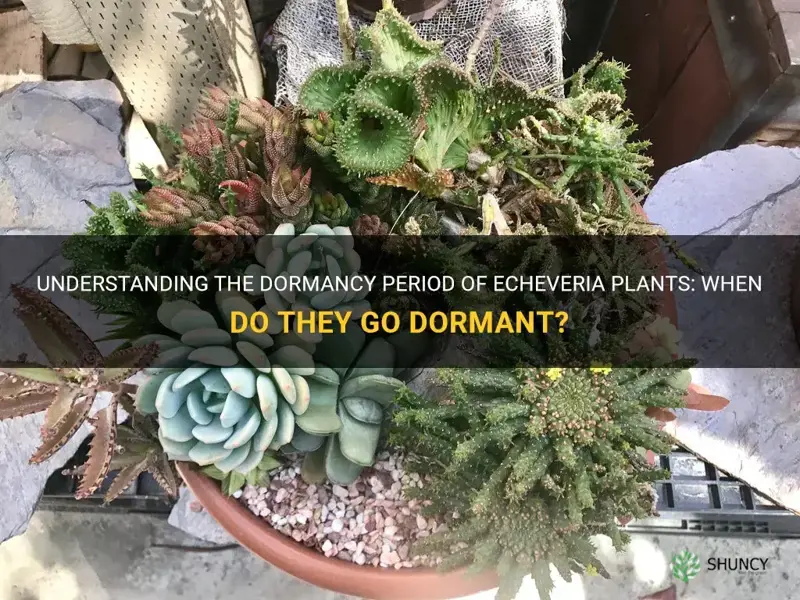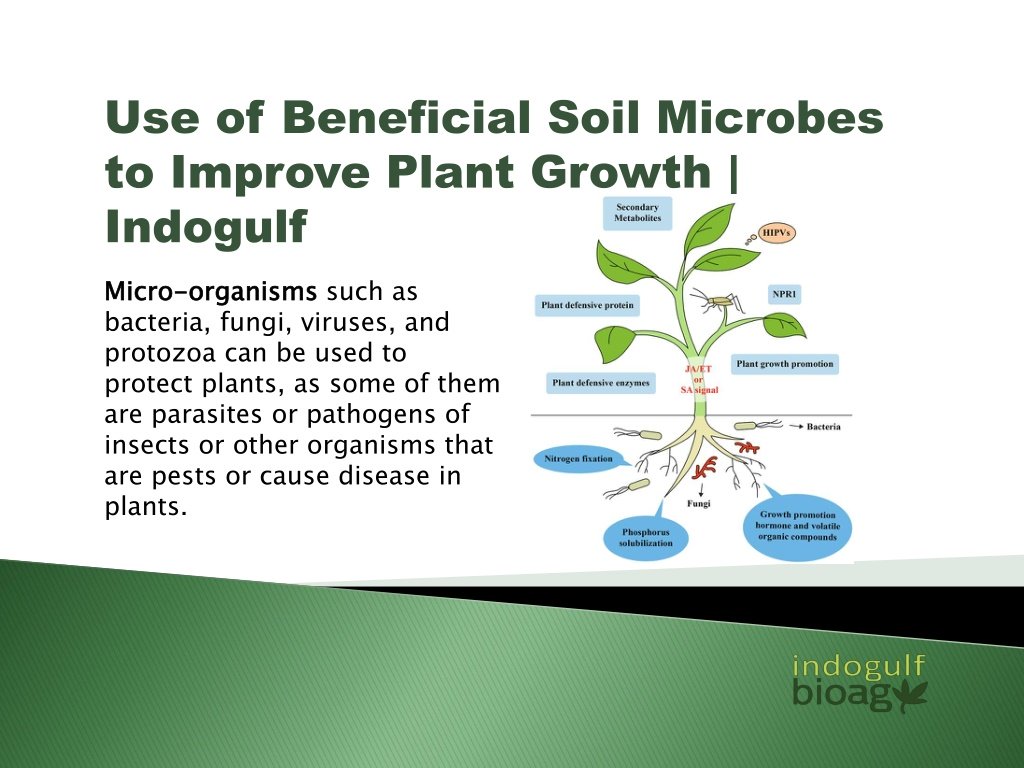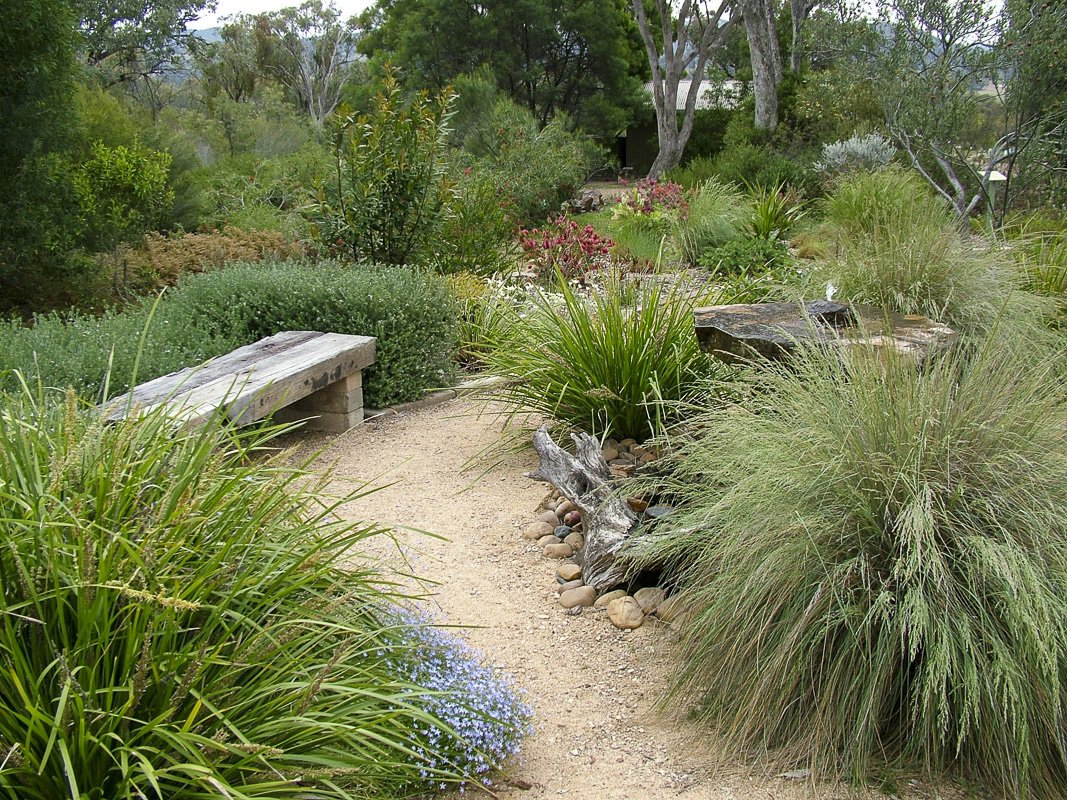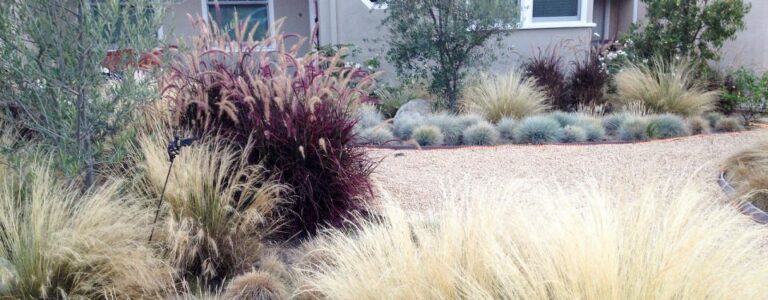
Introduction: The Silent Symphony of Plant Dormancy
Imagine a world where life takes a pause, a temporary retreat from the relentless demands of growth. This is the realm of plant dormancy, a fascinating and essential survival mechanism employed by countless species across the globe. It’s a period of suspended animation, a strategic retreat from unfavorable conditions, allowing plants to conserve energy and weather the storms of winter, drought, or other environmental stresses. Understanding the intricate dance of dormancy is crucial for anyone seeking to cultivate healthy and thriving plants, whether you’re a seasoned gardener, a budding botanist, or simply someone who appreciates the beauty of the natural world.
This comprehensive guide will delve into the multifaceted world of plant dormancy, exploring its various forms, the environmental cues that trigger it, and the specific requirements plants need to successfully enter and exit this crucial phase. We’ll uncover the mysteries behind chilling requirements, light sensitivity, and the delicate balance that governs a plant’s ability to flourish. So, buckle up, and let’s embark on a journey to understand the silent symphony of plant dormancy.
What is Plant Dormancy? Defining the Resting State
At its core, plant dormancy is a state of reduced metabolic activity and growth. It’s a period when a plant’s visible growth slows or ceases altogether, allowing it to conserve resources and withstand adverse environmental conditions. This isn’t simply a period of inactivity; it’s a carefully orchestrated physiological process controlled by a complex interplay of internal and external factors.
Think of it like a strategic hibernation. Instead of actively battling the cold, drought, or lack of sunlight, the plant retreats, conserving its energy reserves for a future when conditions are more favorable. This allows the plant to survive periods that would otherwise be fatal, ensuring its long-term survival and reproductive success. The duration and intensity of dormancy vary greatly depending on the plant species, the environmental conditions, and the specific type of dormancy involved.
Types of Plant Dormancy
Plant dormancy isn’t a monolithic concept; it manifests in several distinct forms, each with its own characteristics and triggers. Understanding these different types is key to providing the appropriate care for your plants.
- Quiescence: This is a dormancy triggered directly by unfavorable environmental conditions, such as a lack of water or extreme temperatures. The plant’s growth resumes rapidly when the unfavorable conditions are removed. It’s a short-term response, a temporary pause in growth.
- Dormancy (also known as rest): This is a deeper form of dormancy, often triggered by changes in day length and temperature. Plants enter a rest period, and growth will not resume even if environmental conditions become favorable until specific requirements are met, such as a period of chilling.
- Summer Dormancy (Aestivation): This is a dormancy that occurs during hot, dry summer months, particularly in arid regions. It’s an adaptation to conserve water and prevent damage from heat stress.
Triggers of Dormancy: Environmental Cues that Signal the Time to Rest
Plants are incredibly sensitive to their environment. They constantly monitor a variety of cues that signal the approaching of unfavorable conditions. These cues act as triggers, initiating the physiological processes that lead to dormancy. The most important triggers are:
1. Photoperiod (Day Length)
The length of the day is a primary cue for many plants. As days shorten in the late summer and autumn, many plants perceive this as a signal to prepare for dormancy. This is especially true for deciduous trees and shrubs, which shed their leaves and enter a state of rest. The change in photoperiod influences the production of hormones that regulate growth and development, leading to the cessation of growth and the initiation of dormancy.
2. Temperature
Falling temperatures are another critical trigger. As temperatures drop, plants may begin to slow their growth and prepare for the cold. In many temperate regions, a period of chilling is required for plants to break dormancy in the spring. This chilling requirement ensures that plants don’t prematurely break dormancy during a warm spell in the winter, which could expose them to damage from subsequent freezes.
3. Water Availability
Water stress, such as drought, can also trigger dormancy, particularly in arid and semi-arid environments. When water becomes scarce, plants may conserve water by reducing growth and shedding leaves or needles. This helps them survive until conditions improve. Plants may enter dormancy to conserve water and survive dry periods.
4. Nutrient Availability
A lack of essential nutrients can also contribute to dormancy. If a plant doesn’t have adequate resources to sustain growth, it may slow down or cease growing altogether to conserve what resources are available. This ensures the plant can survive and potentially reproduce in the future.
Chilling Requirements: The Cold Kiss of Awakening
Many plants, particularly those from temperate regions, require a period of cold temperatures to break dormancy and resume growth in the spring. This is known as the chilling requirement, and it’s a critical factor in successful plant cultivation. The chilling requirement ensures that plants don’t start growing prematurely during a warm spell in the winter, which could expose them to damage from subsequent freezes. The length and intensity of the chilling requirement vary depending on the plant species and the specific cultivar.
Understanding Chill Units
To quantify the chilling requirement, horticulturists often use chill units. A chill unit is a measure of the amount of time a plant is exposed to temperatures within a specific range, typically between 32°F (0°C) and 45°F (7.2°C). The exact temperature range and the method of calculating chill units can vary depending on the region and the plant species. There are different models to estimate chilling accumulation, such as the Utah model or the dynamic model, which consider the effect of temperatures above and below the optimal chilling range.
Consequences of Insufficient Chilling
If a plant doesn’t receive enough chilling, it may fail to break dormancy properly in the spring. This can lead to a variety of problems, including delayed bud break, poor flowering, reduced fruit production, and stunted growth. In severe cases, the plant may not produce any flowers or fruit at all.
Meeting the Chilling Requirement
For plants that require chilling, it’s essential to provide them with the necessary cold exposure. This often means planting them in a location that experiences cold winters. In regions with mild winters, gardeners may need to take special measures to ensure their plants receive enough chilling. This can include:
- Choosing cultivars with low chilling requirements: Some cultivars have been bred to require less chilling than others.
- Providing artificial chilling: In some cases, gardeners may use a cold frame or refrigerator to provide artificial chilling. This is more common for fruit trees in warmer climates.
Light Requirements During Dormancy: A Dimmed Existence
While light is essential for photosynthesis during the growing season, its role changes during dormancy. Many plants reduce their photosynthetic activity during dormancy, and their light requirements are significantly lower. However, light still plays a role in regulating the dormancy process and influencing the timing of bud break in the spring.
Light and Dormancy Regulation
The shortening days of autumn, a decrease in the duration of light exposure, are a crucial signal for many plants to initiate dormancy. This change in photoperiod triggers hormonal changes that lead to the cessation of growth. During dormancy, the plant’s sensitivity to light may be altered. Some plants may require a certain amount of light exposure to maintain their dormancy or break dormancy properly.
Light Exposure and Bud Break
In the spring, as the days lengthen, the increasing light exposure provides another signal for the plant to break dormancy. This change in light intensity and duration, along with rising temperatures, triggers the resumption of growth. The light requirements for bud break can vary depending on the plant species and the specific cultivar. Some plants may require full sunlight to break dormancy, while others may be able to break dormancy in partial shade.
Watering and Dormancy: Finding the Right Balance
Watering during dormancy requires a delicate balance. While plants need water to survive, overwatering can lead to root rot and other problems. The water requirements of a dormant plant are significantly lower than those of a actively growing plant. The plant’s metabolic rate is reduced, and it’s not actively taking up water. Therefore, the amount of water needed during dormancy depends on several factors.
Factors Influencing Watering Needs
Several factors affect the amount of water a dormant plant needs:
- Plant Type: Some plants, like evergreens, continue to transpire (lose water through their leaves) even during dormancy and may need more water than deciduous plants.
- Climate: In regions with dry winters, plants may need more frequent watering than in regions with moist winters.
- Growing Media: Plants grown in containers typically dry out faster than plants grown in the ground and may need more frequent watering.
- Temperature: Warmer temperatures can increase the rate of water loss, so plants may need more water during warmer periods of dormancy.
Overwatering vs. Underwatering
Both overwatering and underwatering can harm dormant plants. Overwatering can lead to root rot, which can kill the plant. Underwatering can cause the plant to dry out and die. Finding the right balance is critical. It’s best to err on the side of underwatering, as dormant plants are more susceptible to overwatering.
Watering Guidelines
Here are some general guidelines for watering dormant plants:
- Check the soil moisture: Before watering, check the soil moisture by inserting your finger into the soil. If the top inch or two of soil is dry, it’s time to water.
- Water deeply: When watering, water deeply to ensure that the roots are adequately hydrated.
- Avoid overhead watering: Overhead watering can promote fungal diseases. Water at the base of the plant.
- Adjust watering based on the weather: During warm spells, increase watering frequency. During cold spells, reduce watering frequency.
Fertilizing During Dormancy: A Time to Restrict
Fertilizing during dormancy is generally not recommended. The plant’s metabolic activity is significantly reduced, and it’s not actively taking up nutrients. Applying fertilizer during dormancy can potentially harm the plant. The fertilizer can build up in the soil, leading to salt buildup and potentially damaging the roots. Furthermore, the plant may not be able to utilize the nutrients, leading to waste and potential environmental pollution.
Exceptions to the Rule
There are a few exceptions to the general rule of not fertilizing during dormancy:
- Late-season fertilization: In some cases, a light application of fertilizer in the late summer or early autumn may be beneficial. This can help the plant store up nutrients for the winter and promote healthy growth in the spring. However, it’s important to avoid over-fertilizing, as this can interfere with dormancy.
- Container-grown plants: Container-grown plants may need a light application of fertilizer during dormancy, as they have a limited supply of nutrients. However, it’s important to use a diluted fertilizer solution and to avoid over-fertilizing.
Fertilizing Guidelines
If you choose to fertilize during dormancy, follow these guidelines:
- Use a balanced fertilizer: A balanced fertilizer contains a combination of nitrogen, phosphorus, and potassium.
- Dilute the fertilizer solution: Use a diluted fertilizer solution to avoid over-fertilizing.
- Apply the fertilizer sparingly: Apply the fertilizer sparingly, and avoid over-fertilizing.
- Water thoroughly after fertilizing: Water thoroughly after fertilizing to help the plant absorb the nutrients.
Pruning and Dormancy: Shaping for the Future
Pruning during dormancy is a common practice for many plants. It’s a time when the plant is less active, and it’s easier to see the overall shape and structure. Pruning during dormancy can help to remove dead or diseased branches, improve air circulation, and encourage new growth in the spring. The best time to prune a plant during dormancy depends on the plant species and the desired outcome.
Benefits of Pruning During Dormancy
Pruning during dormancy offers several benefits:
- Improved Plant Health: Removing dead, diseased, or damaged branches improves the overall health of the plant.
- Enhanced Air Circulation: Pruning can improve air circulation, reducing the risk of fungal diseases.
- Stimulated New Growth: Pruning can encourage new growth in the spring.
- Improved Shape and Structure: Pruning can help to shape the plant and improve its overall appearance.
Pruning Guidelines
Here are some general guidelines for pruning during dormancy:
- Use sharp tools: Use sharp pruning shears, loppers, or saws to make clean cuts.
- Make cuts at the correct angle: Make cuts at a slight angle to allow water to drain away.
- Remove dead, diseased, or damaged branches: Remove any dead, diseased, or damaged branches.
- Thin out the canopy: Thin out the canopy to improve air circulation and light penetration.
- Shape the plant: Shape the plant to your desired form.
Common Mistakes to Avoid During Dormancy
Even experienced gardeners can make mistakes during dormancy. Avoiding these common pitfalls can help you ensure the health and well-being of your plants.
- Overwatering: Overwatering is a common mistake that can lead to root rot. Water only when the soil is dry.
- Over-fertilizing: Fertilizing during dormancy is generally not recommended.
- Pruning at the wrong time: Pruning at the wrong time can harm the plant. Research the best time to prune your specific plant species.
- Ignoring signs of stress: Pay attention to any signs of stress, such as yellowing leaves or wilting.
- Not providing adequate chilling: If a plant requires chilling, make sure it receives the necessary cold exposure.
Breaking Dormancy: Awakening the Green Giants
The transition from dormancy to active growth is a critical period for plants. The timing and success of bud break depend on a complex interplay of environmental factors and internal signals. As temperatures warm and days lengthen, plants receive the signals to break dormancy and begin growing. The process involves a series of physiological changes, including the activation of growth hormones and the mobilization of stored resources.
Signs of Breaking Dormancy
Several signs indicate that a plant is breaking dormancy:
- Bud Swelling: The buds will begin to swell and become more prominent.
- Bud Break: The buds will open, revealing new leaves or flowers.
- New Growth: New shoots and leaves will begin to emerge.
- Root Growth: The roots will begin to grow actively, absorbing water and nutrients.
Supporting Bud Break
You can support your plants during bud break by:
- Providing adequate water: Water the plant regularly, but avoid overwatering.
- Applying a balanced fertilizer: Apply a balanced fertilizer to provide the plant with essential nutrients.
- Protecting from frost: Protect the plant from late frosts, which can damage new growth.
Conclusion: Embracing the Rhythm of Plant Dormancy
Understanding plant dormancy is a journey into the very heart of plant life. By recognizing the triggers, requirements, and processes involved, you can cultivate a deeper appreciation for the natural world and become a more successful gardener. Dormancy is not a sign of weakness, but rather a testament to the resilience and adaptability of plants. By embracing the rhythm of dormancy, you can ensure that your plants thrive and flourish, year after year.
Whether you’re a seasoned horticulturalist or a curious beginner, the knowledge of plant dormancy empowers you to make informed decisions about plant care, leading to healthier, more vibrant gardens and landscapes. So, embrace the silent symphony, and enjoy the beauty of the plant world, even in its quietest moments.


